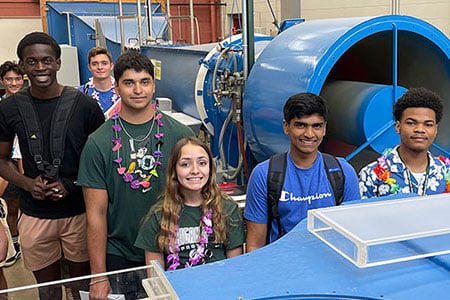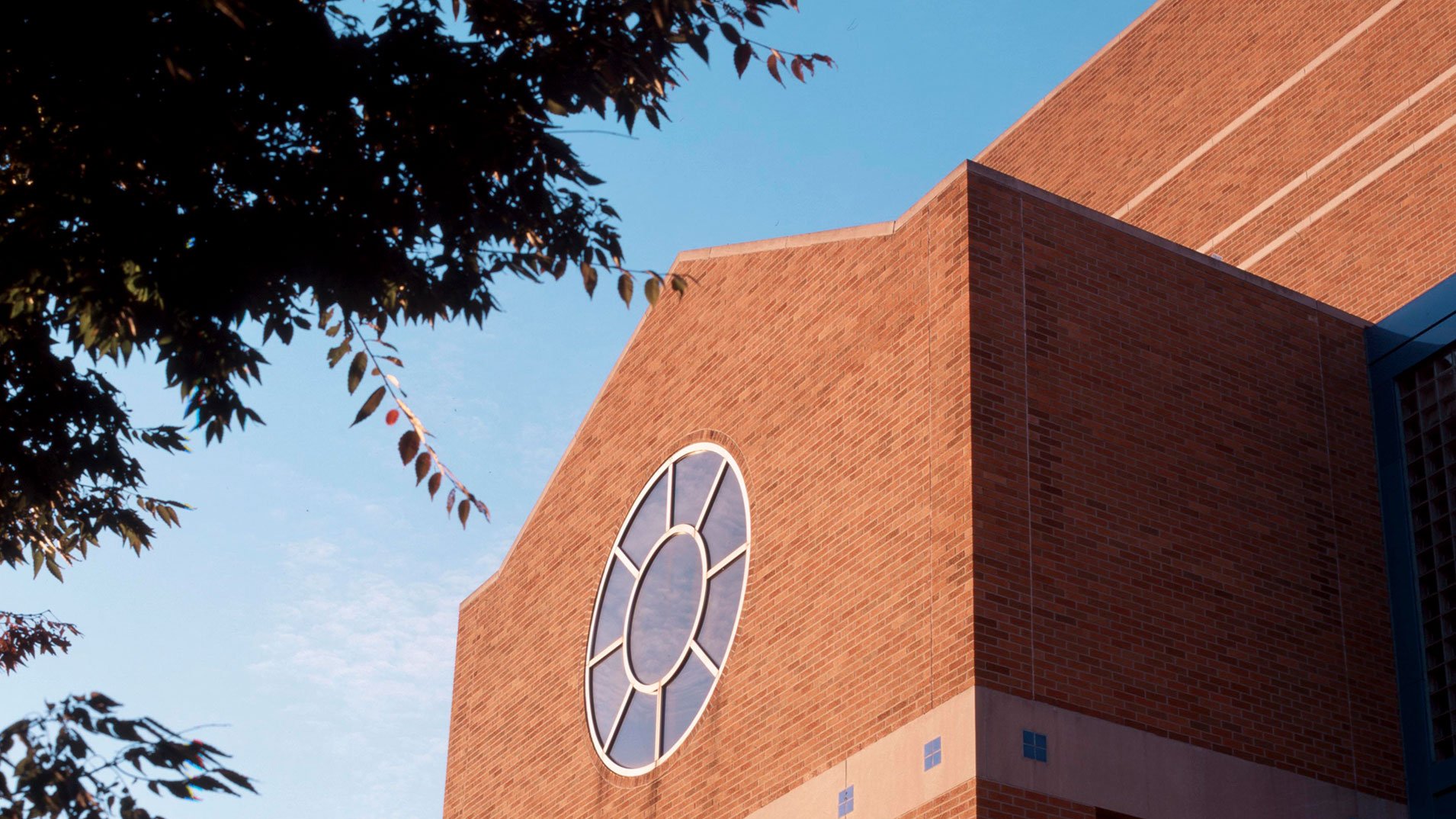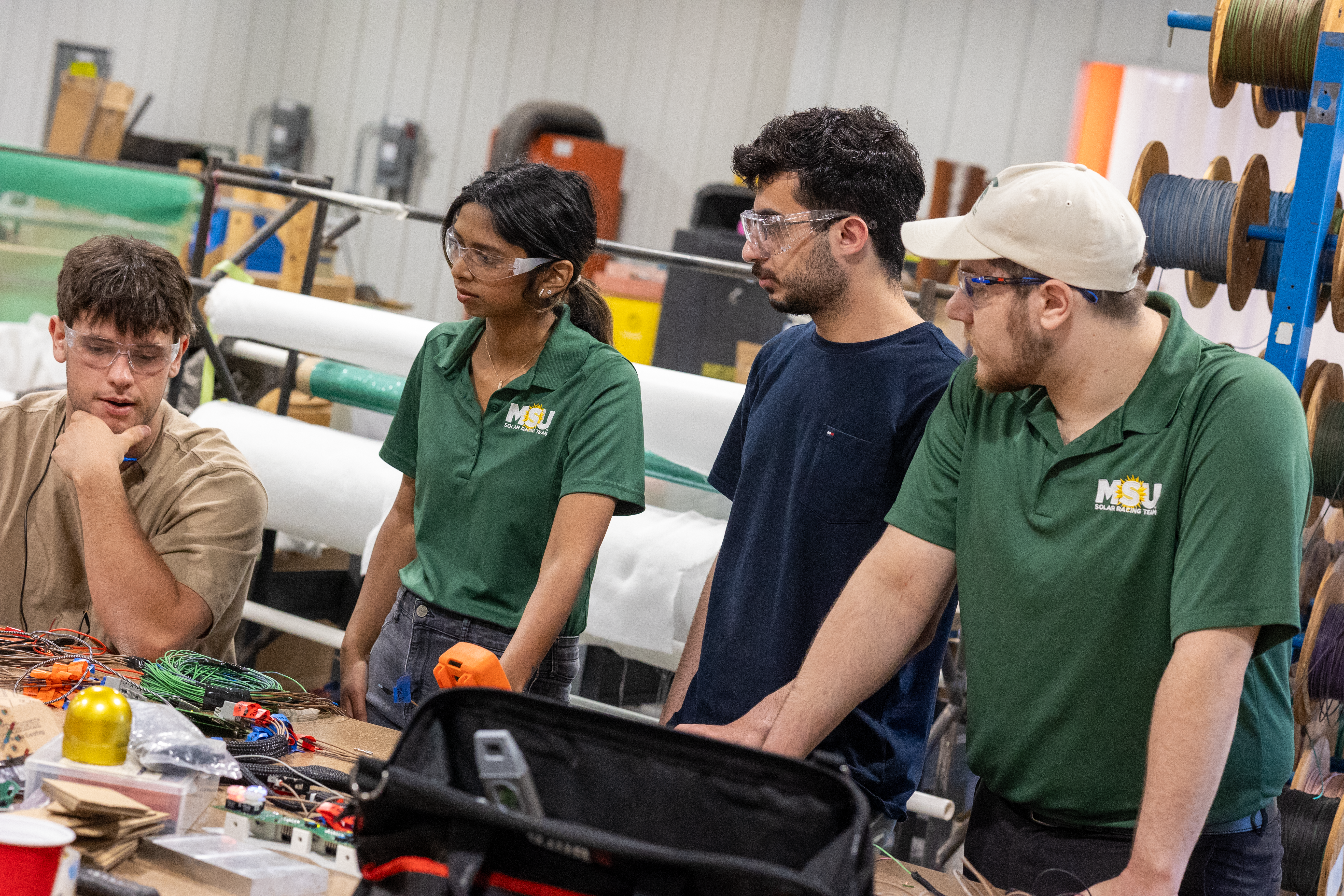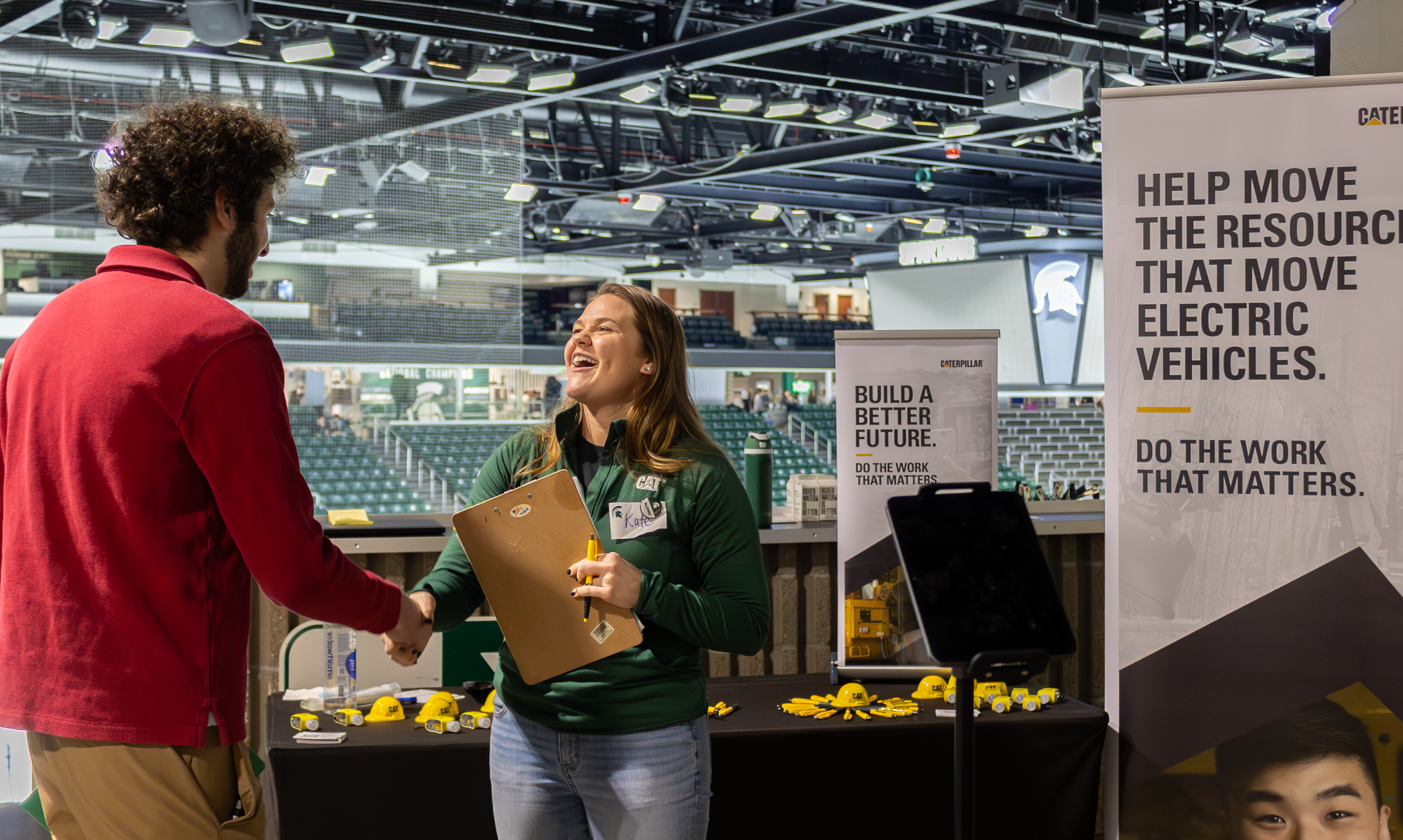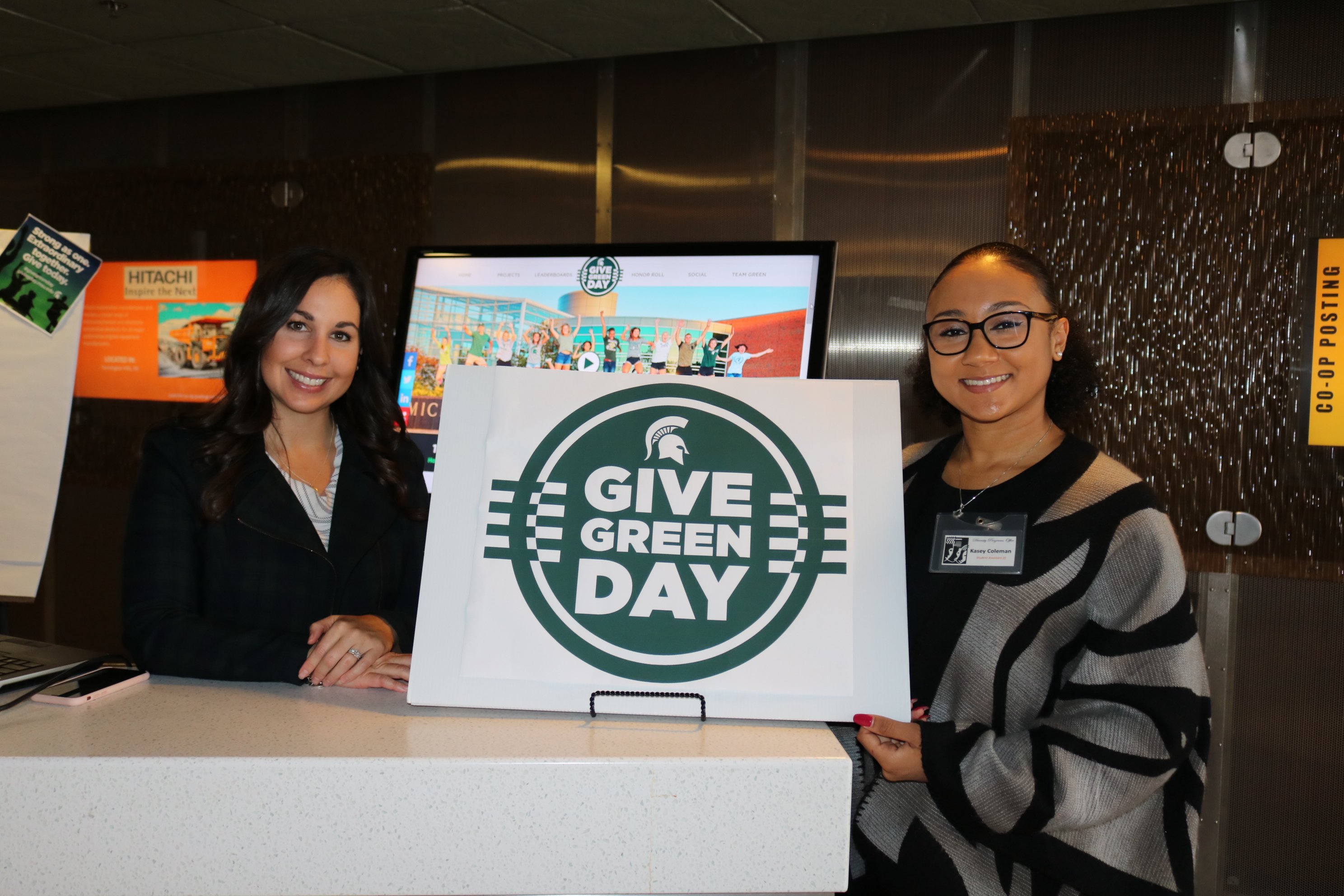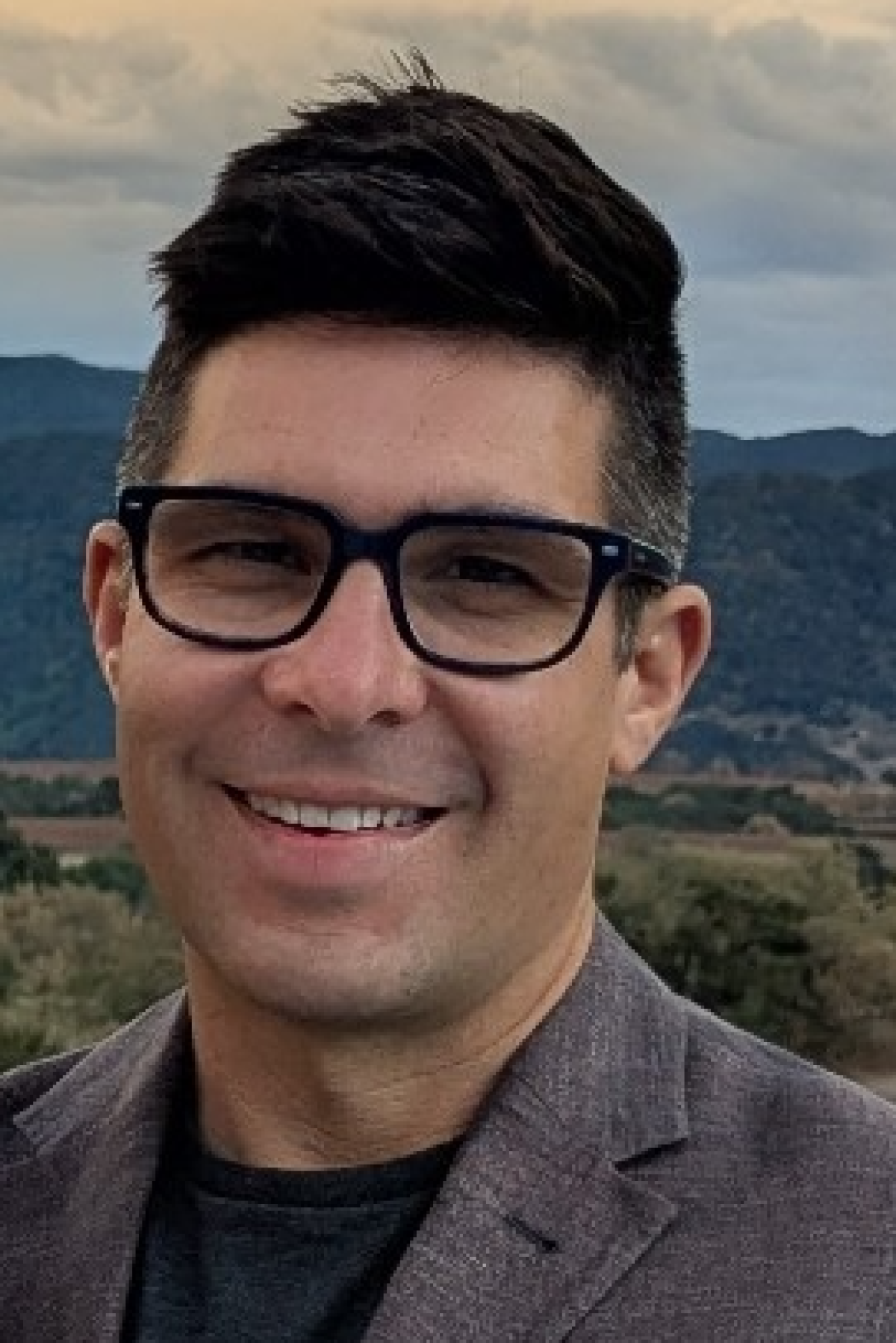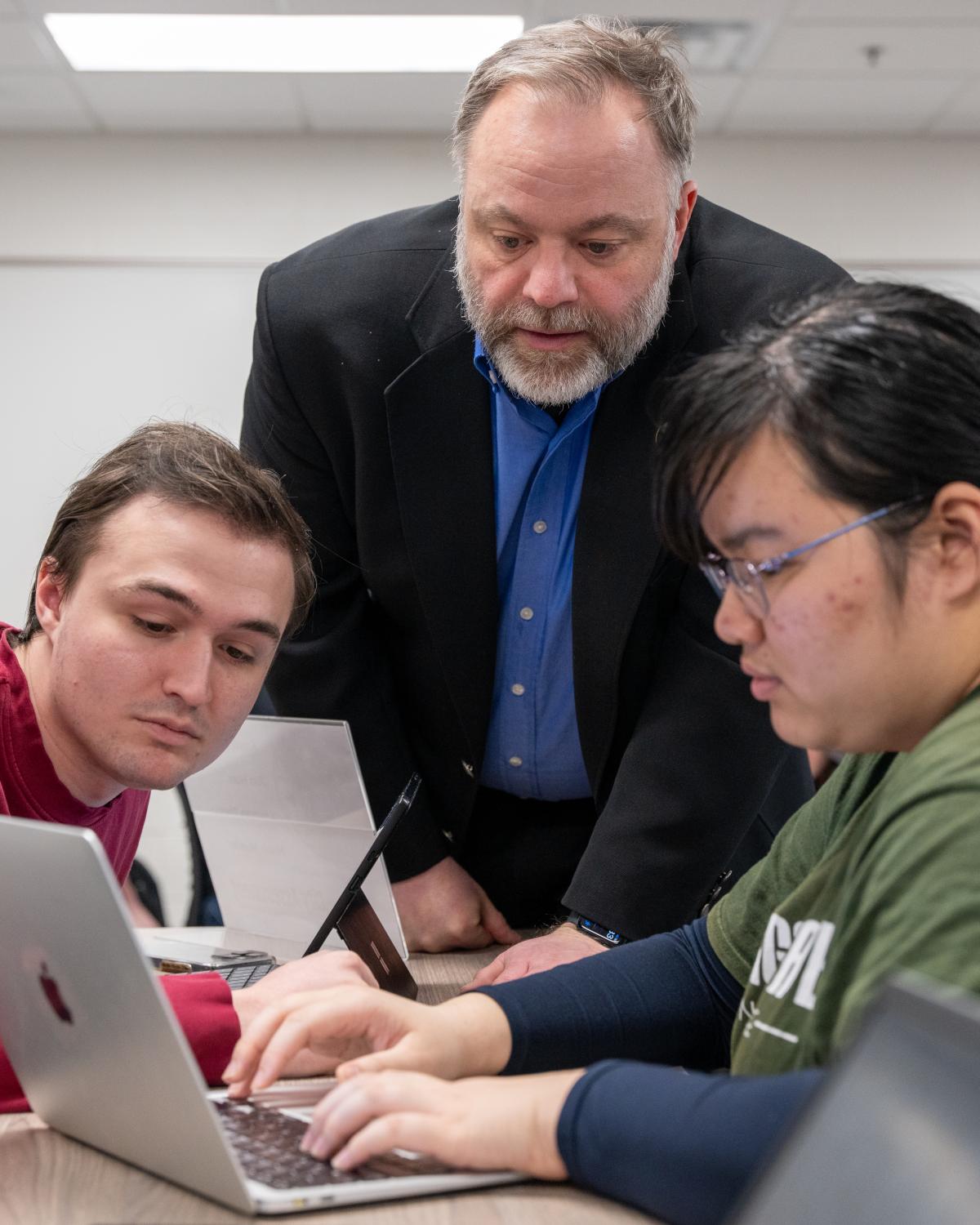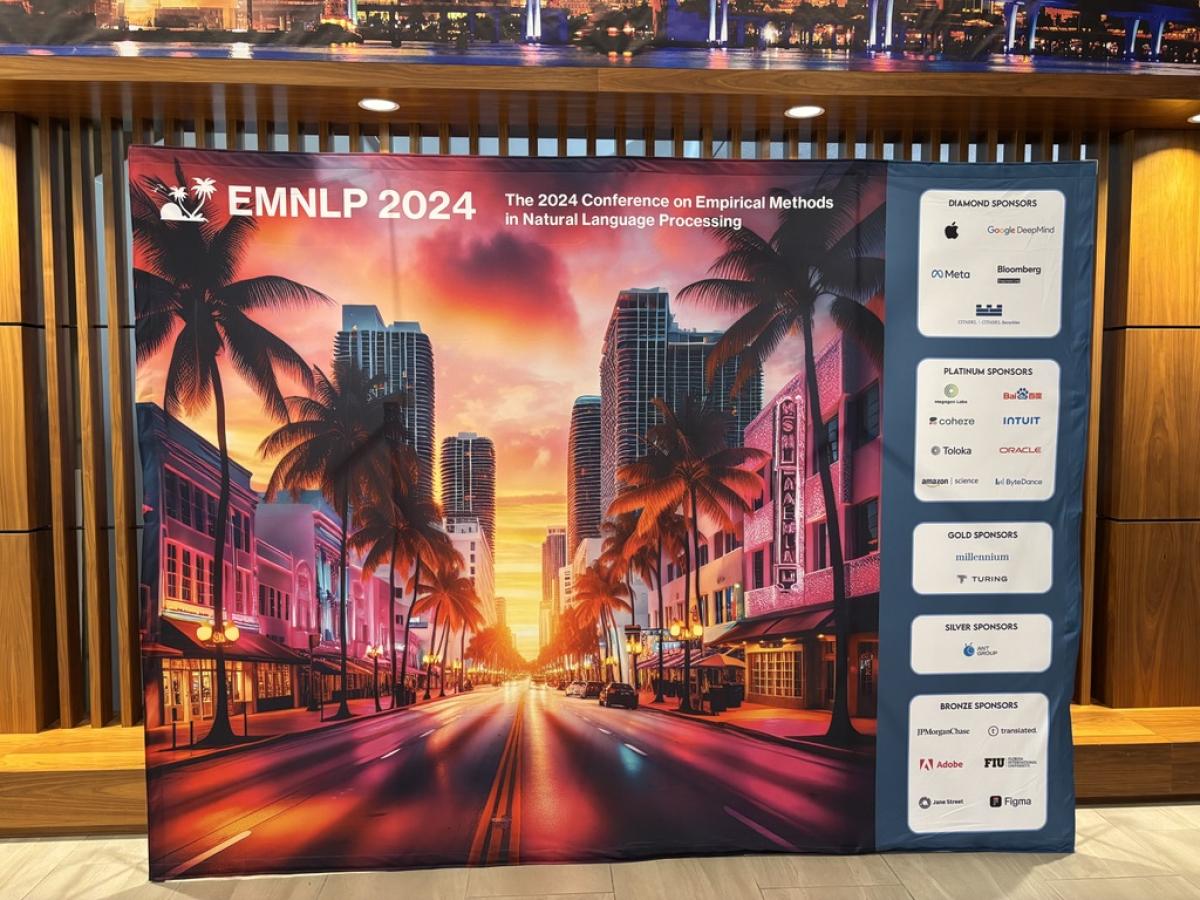When Two Six Technologies Senior Research Scientist Nathan Brugnone—a Michigan State University dual Ph.D. alumnus in computational mathematics, science and engineering (CMSE) and community sustainability (CSUS), decided to sponsor two capstone projects, he had no idea he was about to launch a collaborative effort with far-reaching effects.
Brugnone partnered with MSU’s Department of Computational Mathematics, Science and Engineering (CMSE), an academic department shared by the Colleges of Engineering and Natural Science, and the Master of Science in Data Science program (MSDS), a joint venture between three departments: Statistics and Probability (STT), CMSE, and Computer Science and Engineering (CSE). The outcome was a multiclass, multi-student project resulting in the publication of a methodology that can be applied across disciplines.
“The projects are our way to let students engage with problems - to do some medium risk kinds of things that we wouldn't otherwise do from the community partner perspective,” said Brugnone.
One of the original Two Six Technologies projects was designed for undergraduates in the CMSE 495 capstone class. The other project was for graduate students in the MSDS. Dirk Colbry, senior specialist for curriculum development in CMSE and lead for the CMSE 495 capstone class, and Paul Speaker, director of the MSDS program and associate professor of statistics and probability, reviewed the projects and decided to create a collaboration.
“We just said, ‘Why don’t we bring it all together?’ The undergraduates would benefit from working with the graduates and vice versa,” Colbry said. He then recruited Maryam Berijanian, a Ph.D. student in CMSE, to coordinate the project.
The project stemmed from a request Two Six Technologies received from a client, which was to conduct a literature review of new research and explain the topic in a summary.
“Two Six would typically get human experts to read publication after publication, and then manually generate very complex, fuzzy cognitive maps to summarize a vast amount of data in a format that the client could then read and understand,” Colbry said.
Fuzzy cognitive mapping (FCM) is a graphic technique used to describe causal understanding in a wide range of applications. The question for the students was: Could they build a model with AI for the project and provide it to the experts at Two Six Technologies for validation instead of the experts building it from scratch themselves?
The answer was yes.
Brugnone said the students surprised him with the adaptability they showed throughout the process. “I wanted them to feel like they had some kind of buy in and they had creativity that I didn't have. They did a very good job of self-organizing around the different aspects of the problem.”
The collaborative approach also resulted in a published paper for the NLP4Science workshop, which was held at the 2024 Conference on Empirical Methods in Natural Language Processing (EMNLP). The paper titled“Soft Measures for Extracting Causal Collective Intelligence"established a significantly improved methodology for graph-based theory models in AI.
Colbry’s enthusiasm for the project was equally clear.
“What's neat about being in computation is you find a technique that works, and you can actually apply it in different scenarios, which is why CMSE exists,” said Colbry. “Two Six will be able to apply this model and train it to do a lot of this work for them. That's the theory.”
Colbry and his team plan to continue using the methodology in other academic projects too. “We're hoping to apply the same technique with a vast amount, like thousands and thousands of data points, so we don't have to worry about the training of this model. Then we can do it at scale,” Colbry said.
“Making space for that paper to happen and talking to people about it facilitated other conversations that have turned into research directions,” said Brugnone. “I think the proof is in the pudding that it's working. It just seems like a win, win, win - for the students, for the program at MSU, and for the community partner.”
Written by Judi Melena Smelser
MSU College of Engineering Media and Public Relations page
